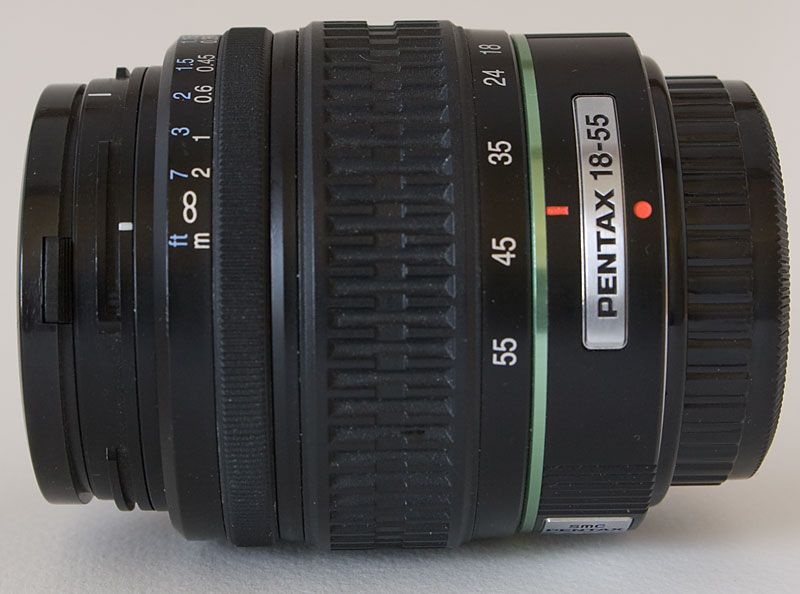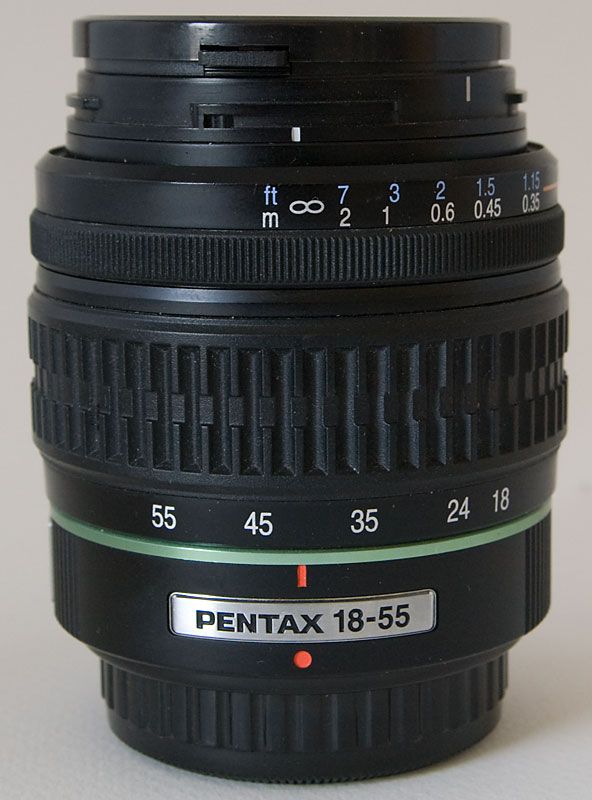if people want to understand why a 50mm lens is the "normal" lens, aside from producing images which have very similar perspective to the "normal person" what ever the hell that is

, there is one other reason why. This has nothing to do with the eyes, vision, or even the diagonal of the film directly.
Consider that we have a single lens reflex camera. We need to have the shutter in front of the film, and then the mirror, at a 45 degree angle between the shutter and the rear of the lens. The mirror swings up and the mechanism must have room to swing the mirror, and the mechanism must be simple, and very reliable to return the mirror back to the same place time after time, insuring focusing accuracy.
This determines what is called the system regestry, or the distance from the lens mount to the film plane.
Virtually all 35mm SLRs have a regestry of between 42 and 46 mm. (interesting distance, isn't it?)
What this really means, to a lens designer, is that it is very very easy (without computers) to design lenses in this range, with a minimal number of elements, without either extending the light path (as is needed for wide angle lenses) or shrinking the light path (telephoto lenses). WHile keeping the overall dimensions of the lens small compact etc. Just look at pentax's pancake lens line.
In reality I suspect that we can offer a huge number of explanations about comparisons to eye sight etc, but the reality is, normal is normal because it was easy, and cheap.


 Similar Threads
Similar Threads 























